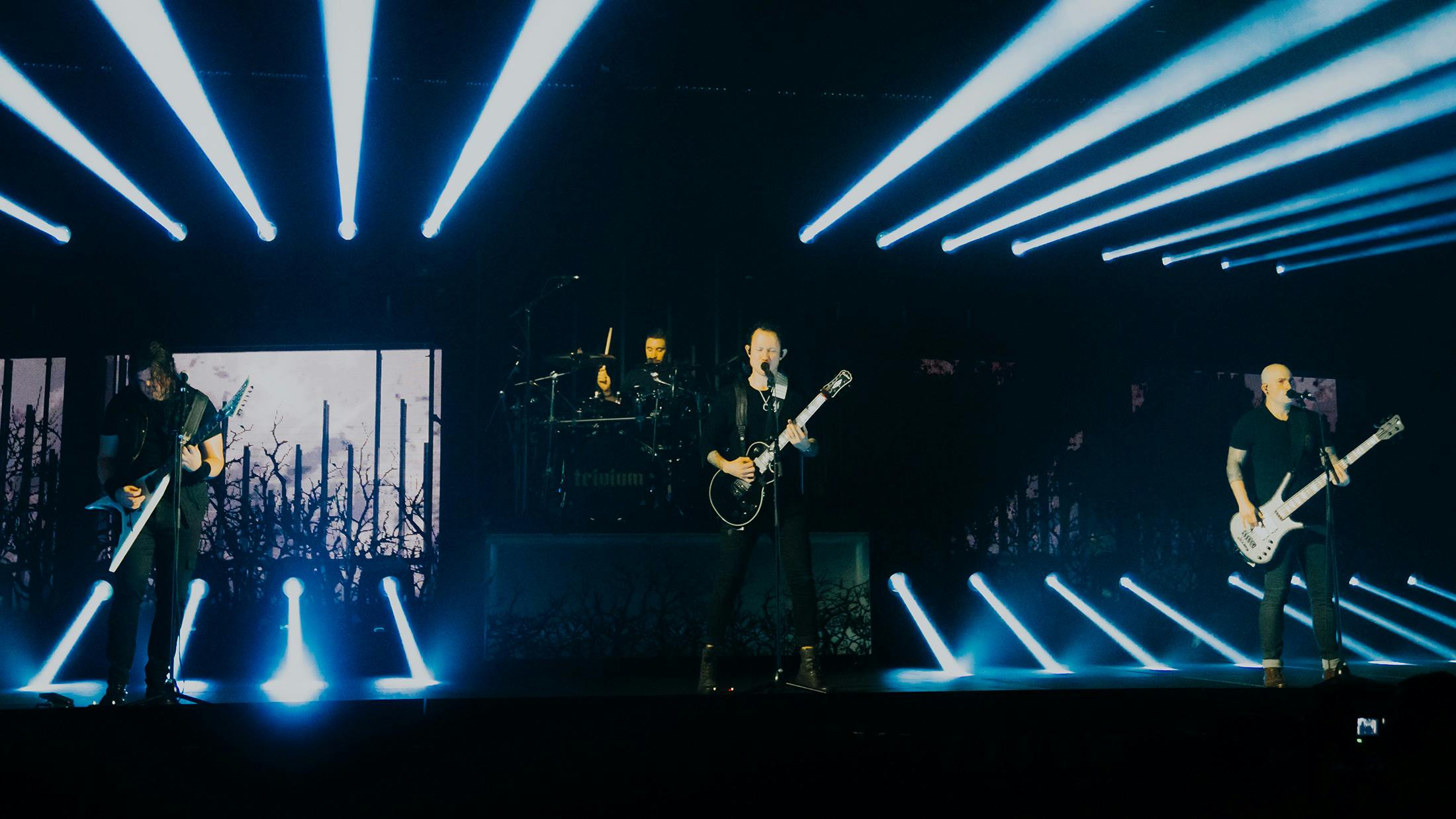It feels like so long ago, doesn’t it? A time before All Of This, a time when going to the pub didn’t involve a risk assessment strategy, a time when seeing live music was just another event in your social calendar, and a time when livestreams seemed like a rather dull idea if we’re being brutally honest.
When you look back to the start of lockdown (almost six months ago, oh Christ), livestreams were in a very different position with musicians inviting us into their houses live on Instagram on Facebook, chatting to fans, performing music and generally having a bit of a laugh. No agenda, just fans and artists coming together as best as possible. We have to remember, before various governments shat the bed and delivered such bewildering lockdown advice, we were all stuck indoors with no human contact except for family Zoom quizzes and YouTube exercise videos. But, just as our own quarantine circumstances have changed, so have our viewing habits and barometers for what is worth investing our time in.
Which is why the quality of livestreams has had to increase, almost overnight. We’re all plugged into internet 24/7 and our brains can’t cope with actual thinking time; we need constant evolution and revolution on an hourly basis. Those YouTube videos of bands knocking out a cover over Zoom – while (sometimes) still entertaining – just aren’t quenching our thirst any more.
